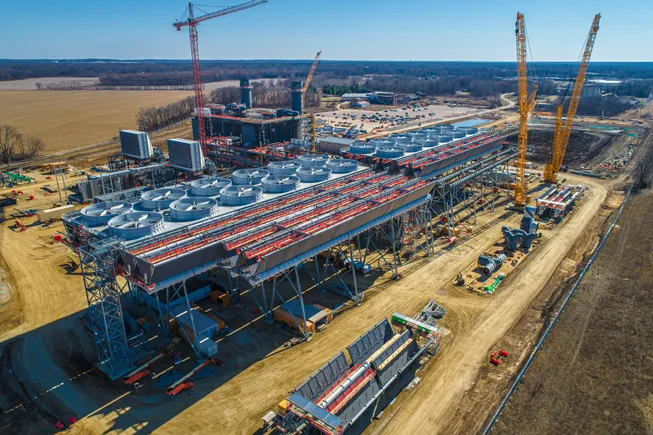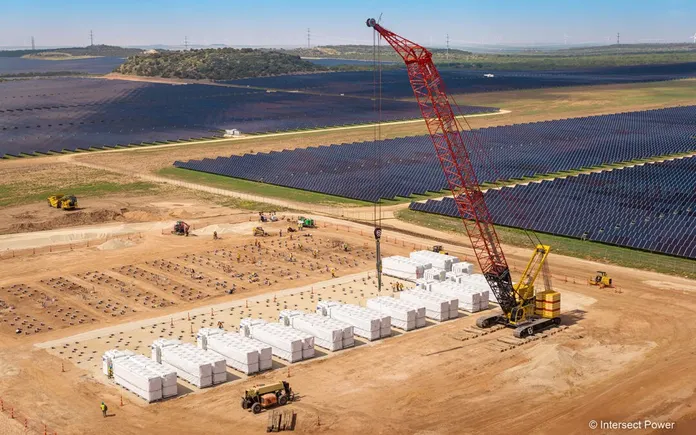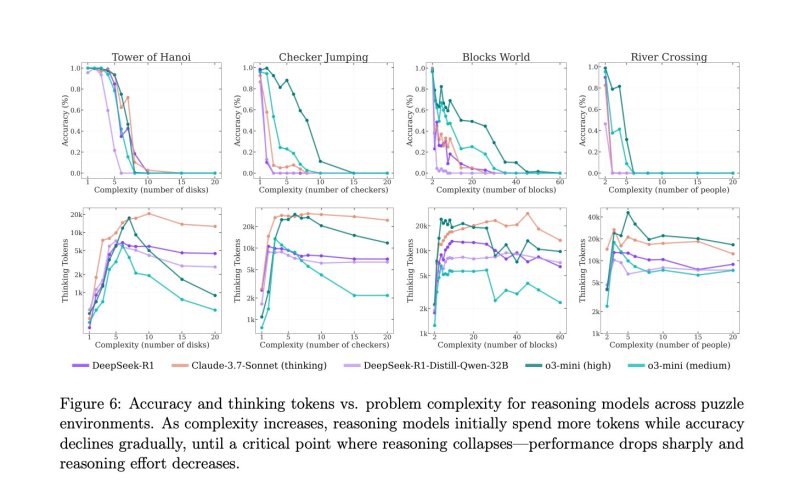
The United States solar industry installed 10.8 gigawatts direct current (GWdc) of capacity in the first quarter (Q1), increasing the country’s installed solar generation capacity to 248 GW, according to the Solar Energy Industries Association (SEIA).
The total installed capacity is enough to power 41.2 million homes. Meanwhile nearly 280,000 jobs have been created by the industry, SEIA said in its “Solar Market Insights Report”.
The added capacity marks a seven percent fall from the same three-month period last year and a 43 percent decline against the prior quarter. Q1 2025, however, is still the fourth-biggest quarter, according to SEIA.
Texas led installations in the quarter at 2.7 GWdc, 92 percent more than second-ranked Florida. Most installations in the two states were utility-scale.
Meanwhile 8.6 GW of module manufacturing capacity were added, increasing the total to 51 GW and making Q1 2025 the third strongest quarter for factory building. Texas, Ohio and Arizona led.
U.S. solar cell production capacity doubled to 2 GW thanks to a new facility in South Carolina.
“Solar and storage continue to dominate America’s energy economy, adding more new capacity to the grid than any technology using increasingly American-made equipment”, said SEIA president and chief executive Abigail Ross Hopper.
However, policy changes, including new tariffs on cells and modules from Southeast Asia, threaten growth, SEIA warned.
“Complex and evolving trade actions will substantially impact solar development over the next five years”, it said. “Recent changes to anti-dumping and countervailing duties (AD/CVD) on cells and modules from Southeast Asia, as well as the introduction of new, non-industry-specific tariffs over the past few months, may lead to supply chain shifts and potential project delays or cancellations, particularly in the utility-scale segment.
“The US solar industry also faces significant challenges due to recent federal actions, including proposed changes to tax credits that would effectively make them unusable for new projects in the near term and a shift in energy priorities towards fossil fuels, creating an uncertain environment for solar growth in the coming years”.
The removal of tax credits could lead to a decline of 173 terawatt-hours in energy production, making the U.S. fall short of meeting demand or lag behind China in the AI race, according to a separate analysis by SEIA.
The analysis warned that the House-passed budget reconciliation bill could reduce energy infrastructure investment by $220 million to $285 million by 2030.
Additionally 330,000 manufacturing jobs would be put at risk. “Provisions targeting residential rooftop solar could cost 62,000 jobs this year and almost 200,000 in 2026”, the analysis said.
To contact the author, email [email protected]
What do you think? We’d love to hear from you, join the conversation on the
Rigzone Energy Network.
The Rigzone Energy Network is a new social experience created for you and all energy professionals to Speak Up about our industry, share knowledge, connect with peers and industry insiders and engage in a professional community that will empower your career in energy.
MORE FROM THIS AUTHOR




















